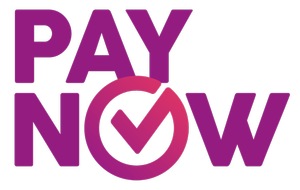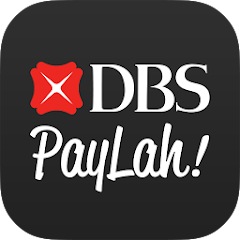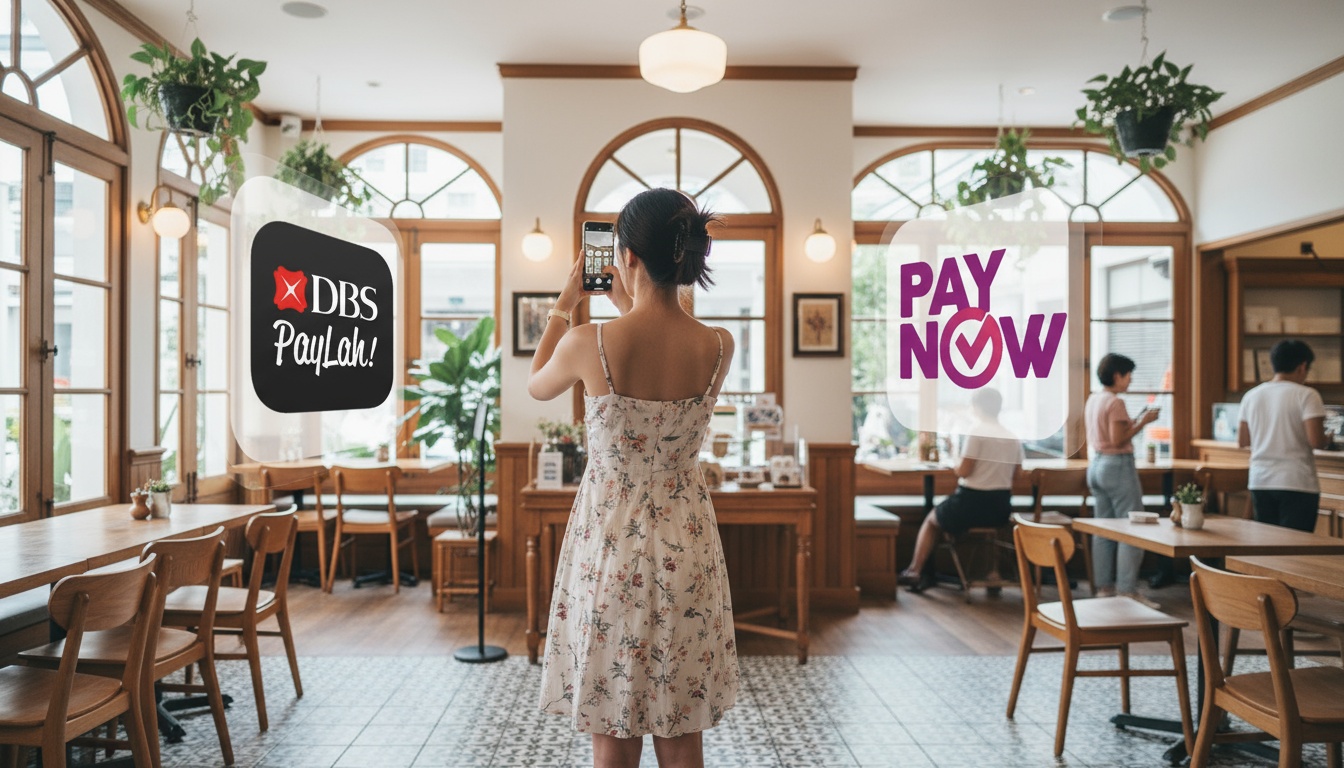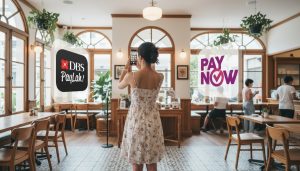When you want to make digital payments in Singapore, two names always pop up: PayNow and PayLah!.
You see both logos at hawker centres, or your friends might ask to “PayNow” or “PayLah!” you for dinner. Due to both having similar names, it’s easy to get them mixed up.
So, what’s the real difference between PayNow and PayLah?
Here’s the simplest way to think about it: PayNow is a method of payment, while PayLah! is an app.
How it works

Think of PayNow as the set of train tracks used by all of Singapore’s major banks. It’s the underlying technology, the network, that lets you send money from your bank account (like DBS, UOB, or OCBC) directly to someone else’s bank account using just their phone number or NRIC. You access this “PayNow” service inside your existing bank’s app.

DBS PayLah!, on the other hand, is a specific train built by DBS that runs on those tracks. It’s a standalone mobile wallet app that you can download. While its main job is to help you pay (and it uses the PayNow network to do so), it also comes with many extra features: a dining guide, movie ticket booking, bill payments, and special deals.
At a Glance: PayNow vs. DBS PayLah!
Here is a side-by-side comparison:
| Feature | PayNow | DBS PayLah! |
| Core Type | Fund Transfer Service | Mobile Wallet App |
| Owner / Provider | Association of Banks in Singapore (ABS) | DBS Bank |
| Primary Function | Instantly send/receive money directly between bank accounts. | An “all-in-one” lifestyle app for payments, rewards, bookings, and fund transfers. |
| How to Access | Integrated within your existing bank’s mobile app (e.g., DBS, UOB, OCBC apps). | A separate, standalone mobile app that you must download. |
| Who Can Use It? | Customers of participating banks (e.g. DBS/POSB, UOB, OCBC, StanChart, HSBC, etc.). | Anyone with a Singapore-registered mobile number (including non-DBS customers). |
| Fund Source | Directly debits from your linked bank account. | For DBS/POSB users: Can auto-debit from your linked bank account. For Non-DBS users: You must top up the PayLah! wallet first. |
| Identifier for Transfers | Mobile Number, NRIC/FIN, or Virtual Payment Address (VPA). | Mobile Number (It uses the PayNow network to pay non-PayLah! users). |
| QR Code Payments | PayNow QR (part of the unified SGQR code). | Multiple QR codes: PayNow QR, NETS QR, FavePay QR, UnionPay QR. |
| Key Features | Peer-to-peer transfers Merchant payments Cross-border transfers (to Malaysia, India, Thailand) | All PayNow functions Bill payments (via AXS) Book movie/event tickets Order food delivery Redeem DBS/POSB card rewards & deals FavePay integration |
| Transaction Limit | Tied to your bank’s daily local transfer limit | Set by your wallet limit |
So, Which One Should You Use?
- You’re already using PayNow every time you use your bank app (like digibank, UOB TMRW, or OCBC Digital) to send money to a friend’s mobile number. For simple, no-fuss bank-to-bank transfers, this is all you need.
- You should download DBS PayLah! if you are a DBS/POSB customer and want to access their rewards, deals, and lifestyle features (like booking tickets) all in one place.
In short, you don’t have to “choose” one over the other. PayNow is the essential service that powers your bank app, while PayLah! is an optional, feature-packed app that builds on top of it.
As a Seller, How Do I Accept PayLah?
For most businesses, you don’t need to specifically accept PayLah!. Instead, you accept PayNow via a QR code.
As long as you can display a PayNow QR code on your storefront, or during your ecommerce checkout, your customers can scan this single QR code using any of their preferred banking apps (yes including DBS PayLah!), as well as DBS digibank, UOB TMRW, OCBC Digital, and others.
Auto Generate Dynamic PayNow QR Codes
To make it EVEN EASIER for customers to pay you using PayNow, you can auto-generate a dynamic PayNow QR code for each individual order at your ecommerce store. That QR code is tied to that order alone, and when the customer scans it, it already shows the amount and the order id. This works for WooCommerce online stores
To enable it for your business, you can install this plugin.





